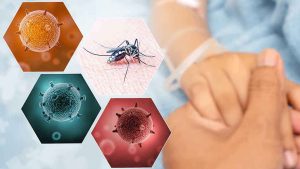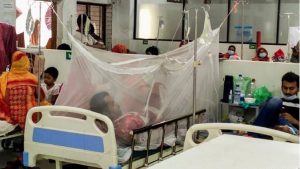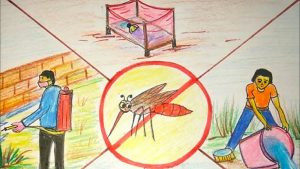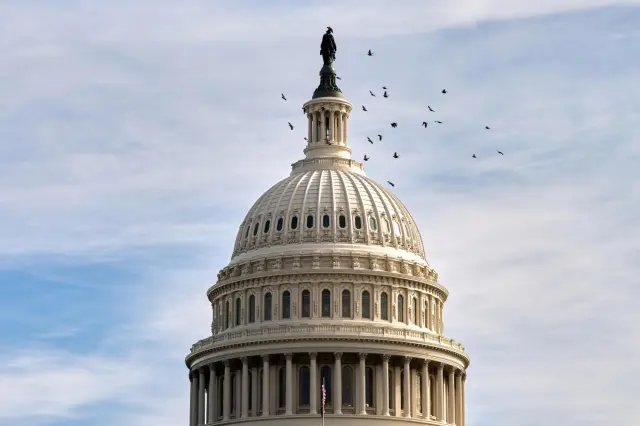Dengue and COVID-19: Why Awareness Is Key to Protection in Bangladesh

As Bangladesh faces a renewed threat from both dengue fever and COVID-19, health experts warn that public awareness is the most critical weapon in combating these twin health crises. Cases of both diseases are rising nationwide, with hospitals reporting growing numbers of patients and fatalities from dengue and coronavirus alike. The government and healthcare leaders emphasize that only through collective awareness, timely management, and personal responsibility can these diseases be effectively controlled.
Dengue on the Rise: Latest Facts and Figures
According to the Directorate General of Health Services, over 5,570 dengue cases have been reported so far in 2025, with infections recorded in almost every district. The majority of patients are male (59.5%), while females account for 40.5%. Monthly statistics show sharp increases during the rainy season, with hundreds of cases and multiple deaths each month. Dengue, transmitted primarily by Aedes mosquitoes, intensifies every monsoon, and its symptoms range from high fever and severe headache to muscle pain, rash, vomiting, and, in severe cases, life-threatening complications.

COVID-19 Still a Threat
The coronavirus pandemic continues to impact Bangladesh, with over 2 million confirmed cases and nearly 30,000 deaths in the past five years. Although recovery rates have improved, the country still records new infections and fatalities every month. COVID-19 symptoms include fever, cough, sore throat, loss of taste and smell, and, in some cases, pneumonia and respiratory distress.
How Dengue and COVID-19 Differ—and Why It Matters
While both diseases can cause fever and body aches, their treatment protocols differ significantly. For example, COVID-19 patients are often given blood-thinning medication to prevent clots, but this can be dangerous for dengue patients, who are at risk of internal bleeding. Overlapping symptoms mean any fever should never be ignored—prompt testing for both illnesses is vital for proper care.
Barriers to Prevention: The Awareness Gap
Many people in Bangladesh still mistake dengue or COVID-19 symptoms for “regular fever” and delay seeking medical help. Public reluctance to follow preventive measures—such as using masks, maintaining social distance, or removing standing water around homes—has contributed to the spread. Both diseases thrive where there is low awareness and lax hygiene.

Steps to Build Public Awareness
- Media Campaigns: Government and NGOs should leverage TV, radio, newspapers, and social media to deliver consistent, accurate health messages.
- Education in Schools: Special classes and seminars can empower students, who can, in turn, educate their families.
- Community and Religious Leaders: Imams and other leaders can help spread health messages in places of worship.
- Local Initiatives: Door-to-door campaigns, distribution of leaflets, and loudspeaker announcements in neighborhoods can increase community participation.
- Personal Action: Everyone should wear masks, wash hands, get vaccinated, isolate when sick, and eliminate mosquito breeding grounds by removing stagnant water.

Role of Technology and Social Movements
Apps, SMS alerts, and helplines can quickly spread information. Social initiatives like “No Mask, No Service” help normalize responsible behavior in public spaces. Special attention is needed for vulnerable groups such as children, the elderly, pregnant women, and those with chronic illnesses.
Preventing the Next Outbreak
Both dengue and COVID-19 have shown that preparedness and public engagement are as important as government intervention. With the right information and community-driven action, Bangladesh can reduce the impact of these and future health threats.
Physician, columnist, organizer, and researcher. Founder and Chairman of the National Patient Welfare Society .






















